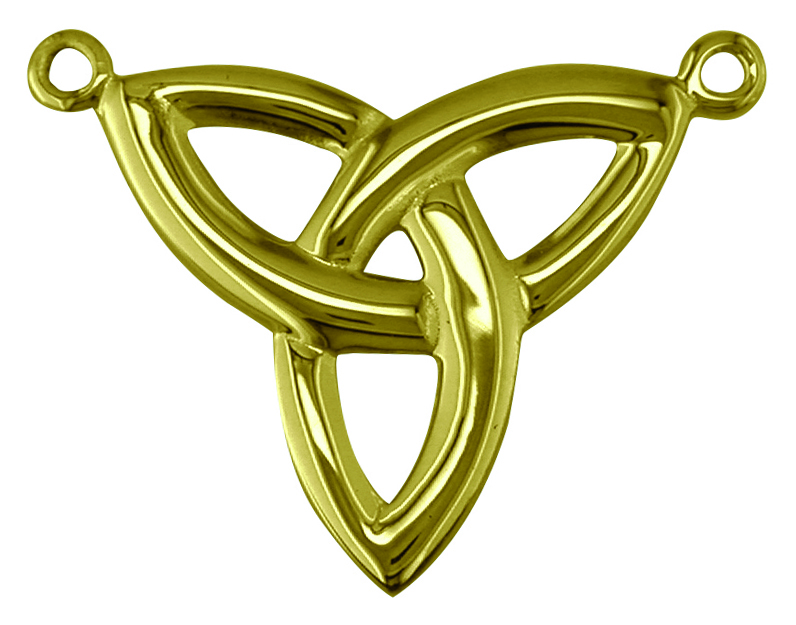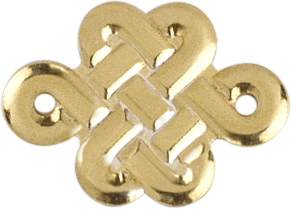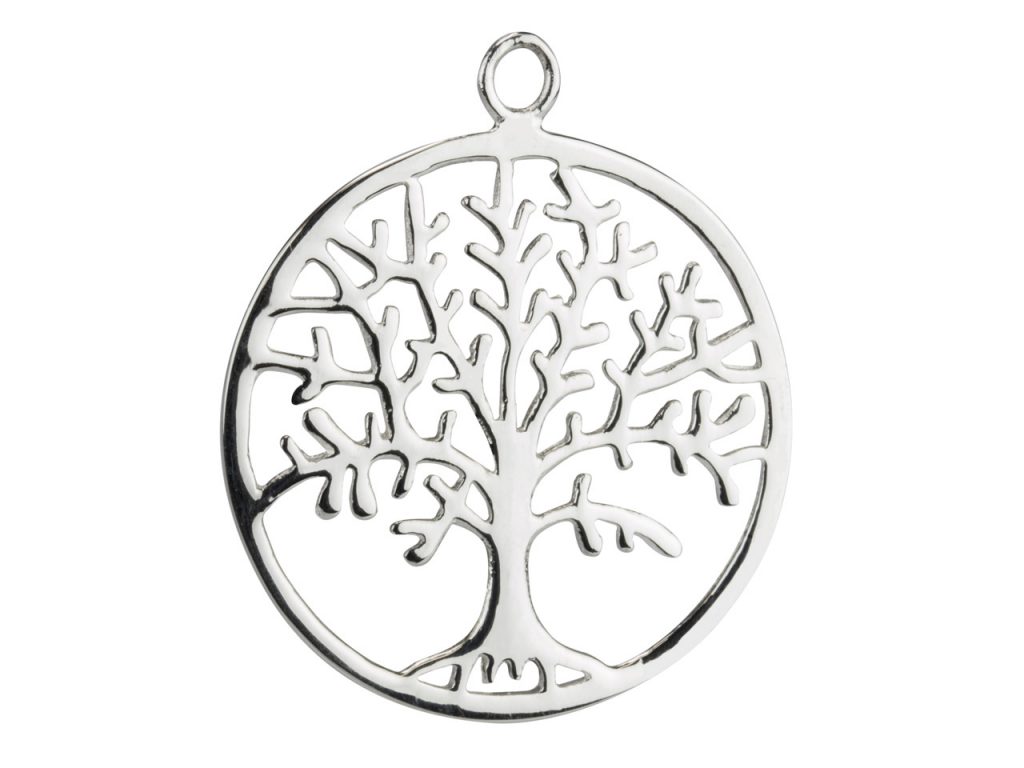It’s no surprise that Irish Celtic jewellery is so popular, when you look at the intricate designs and the meanings behind them. The symbols used in Irish Celtic jewellery once played an influential role in everyday Irish Celtic life, many rooted in religion and spirituality, representing love, family, faith and friendship. And they have continued to symbolise these for many centuries and generations to come.
To help you decipher between the symbols and pick the perfect one for your jewellery project, we have pulled together a list of some of the most popular Irish Celtic symbols used in jewellery design, and the meanings behind them.
Trinity Knot or Triquetra
To the Celts, the Trinity Knot was a symbol of life. The number three bore great significance in their culture, associated with the mind, body and spirit; earth, sea and sky; past, present and future, as well as life’s stages; beginning, middle and end. It represented the intertwining continuity of all things.
The Trinity Knot was later adopted by Christians as a symbol of the Holy Trinity; The Father, The Son and The Holy Spirit, and decorated illuminated manuscripts such as the Book of Kells.
The Trinity Knot is the most well-known of all the Celtic knots, and is found on Celtic crosses, Celtic stones and stained glasses throughout Ireland.
Today, the Trinity Knot is used as a token of never-ending love or a token of promise to love, honour and protect. It therefore, often makes an appearance on wedding rings.

Love Knot
The Love Knot resembles two interlocking hearts and is used to represent a relationship of everlasting love. It is believed that the Celts exchanged these knots with their partners, in much the same way as we exchange rings.

Celtic Cross
Christians believe that Ireland’s patron saint, Saint Patrick, created the Celtic Cross by combining the pagan circle which symbolised the sun with the traditional cross, to convert pagans to Christianity, although there are various interpretations of this.
Regardless, nowadays, the Celtic Cross is the main symbol of Irish Christianity.
It is also said to represent knowledge, strength and compassion to manage life’s ups and downs.

Claddagh
Legend has is that the infamous Claddagh symbol was created by a young sailor named Richard Joyce, from Galway, in the 17th Century. It is believed that he was kidnapped by Algerian pirates on a voyage in the Mediterranean and sold into slavery to a Moorish goldsmith. It was here that he learned the art of goldsmithing.
Upon his safe return to Galway, he presented his sweetheart with a Claddagh ring – the first of its kind.
The Claddagh symbol is comprised of two hands which symbolise friendship, holding a heart which symbolises love and a crown which symbolises loyalty.
Claddagh rings are traditionally worn as a wedding or promise rings, or as a way of expressing a person’s marital status. Read about the different ways that Claddagh rings are worn here.

Tree of Life or Crann Bethadh
The Tree of Life symbol is found in many religions and cultures, and can be traced right back to ancient Egypt.
Trees played a central role in the Celt’s culture and beliefs, providing food, shelter and medicine. They believed it had enough strength to care for all living things.
As a tribute to this, when clearing land, the Celts would leave one big tree standing in the middle of the field, where they would then hold important gatherings, such as the appointment of a new chieftain.
The overarching symbolism of the Tree of Life is about harmony and balance in nature. It is also a symbol of longevity, wisdom and strength and for some, of rebirth and the never-ending circle of life – the tree shedding its leaves as the weather turns colder and bursting into life with the arrival of Spring.

Irish Harp or Cláirseacht
The Irish Harp, though not as commonly associated with Ireland around the world as the shamrock, is the official emblem of Ireland, seen on all official government documents, Irish passports and Irish coins.
In 1531, when Henry VIII became King of Ireland, he declared the harp as the national symbol. With the decline of the Irish courts and kingdoms, harp music became less frequent, and so the instrument itself became a symbol of resistance to the Crown.

Shamrock
The Shamrock is widely used and recognised as a symbol of Ireland. The word shamrock comes from the Gaelic word Seamrog, meaning ‘little clover’ or ‘little plant’. It has many meanings to many people.
Christians believe that Ireland’s patron saint, Saint Patrick, brought Christianity to Ireland and that he used the three heart shaped leaves of a shamrock to explain a key part of their religion – the Holy Trinity; The Father, The Son and The Holy Spirit.
Others believe that the three leaves of a shamrock represent faith, hope and love.
The four-leafed clover or ‘lucky clover’, is an uncommon variation of the three-leafed clover. Because they are a mutation, they are rare and therefore, are considered by some to be a symbol of good luck.

We hope you have enjoyed reading about the meaning behind some of the most popular Irish Celtic symbols. If it has inspired you to create some Celtic jewellery of your own, be sure to share your creations with us on social media, tagging in Cooksongold on Facebook, Twitter and Instagram

Cooksongold
